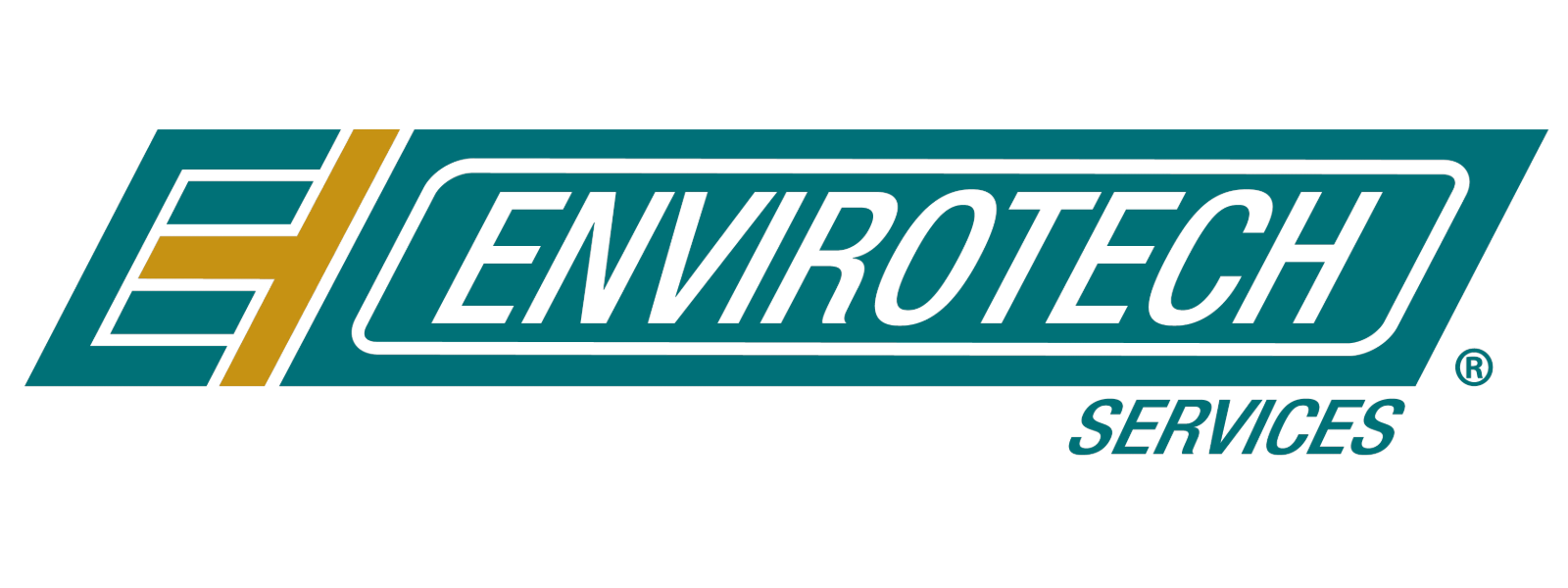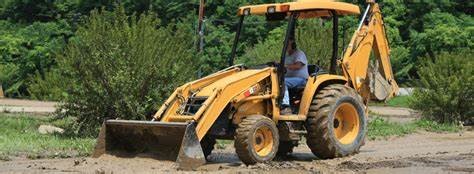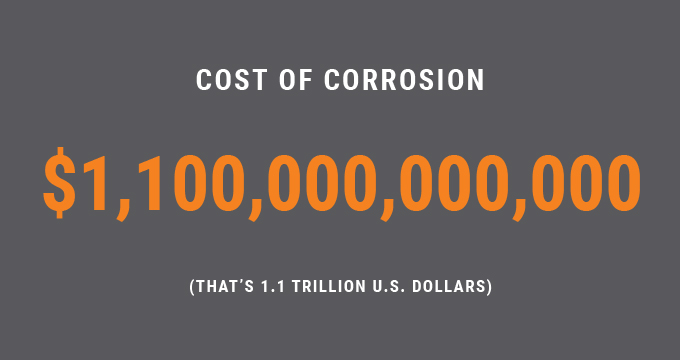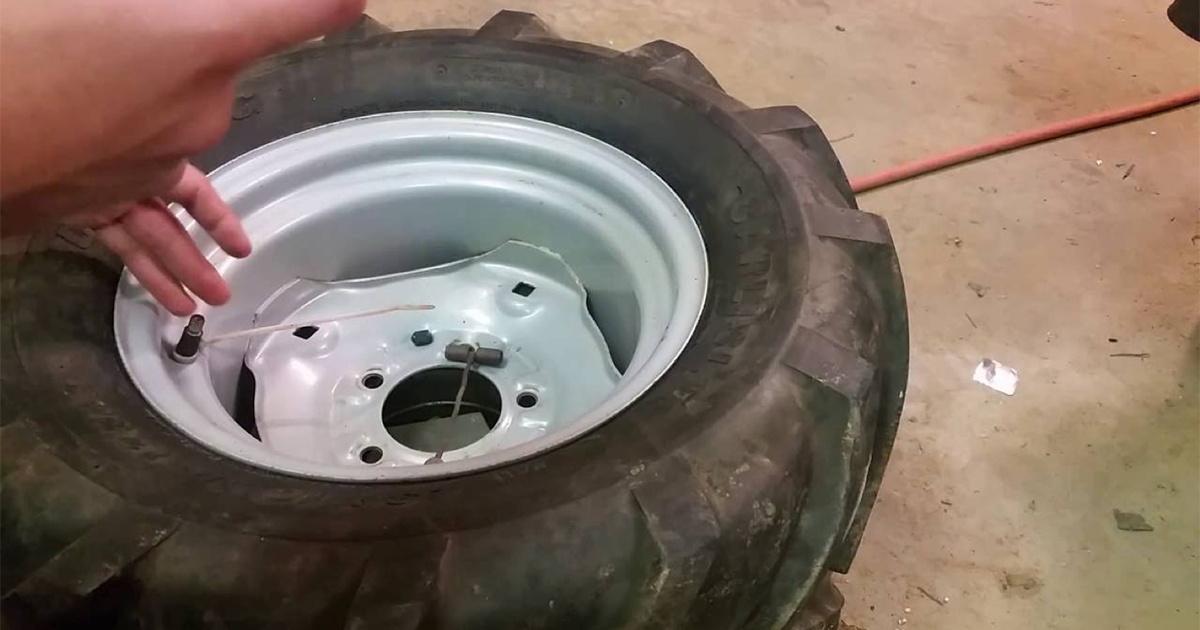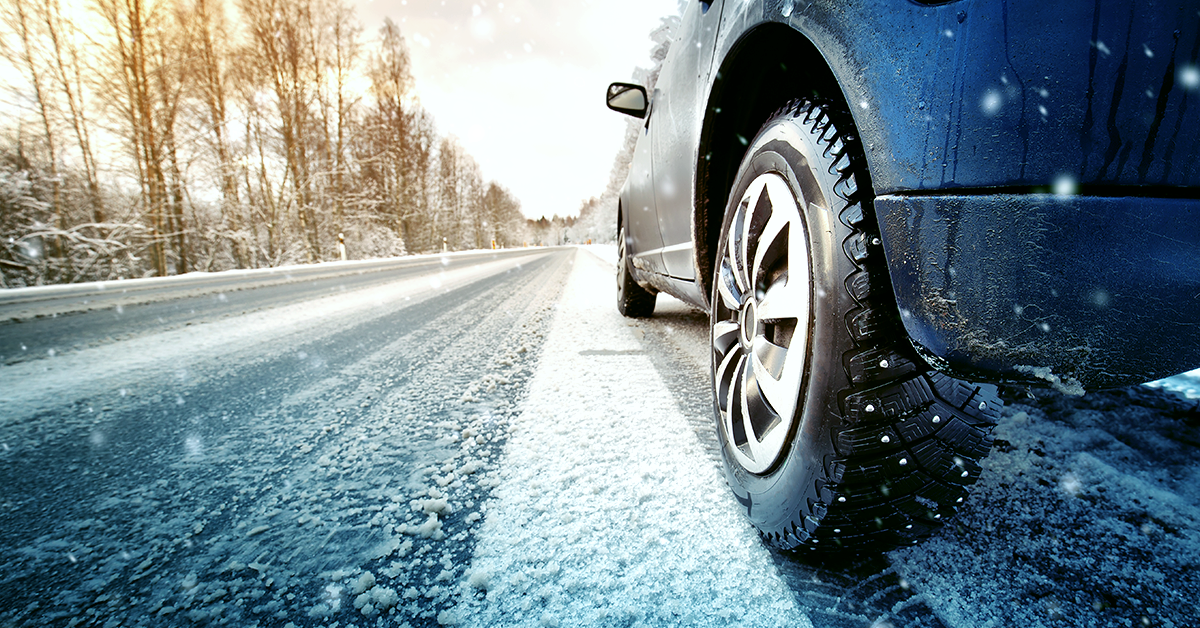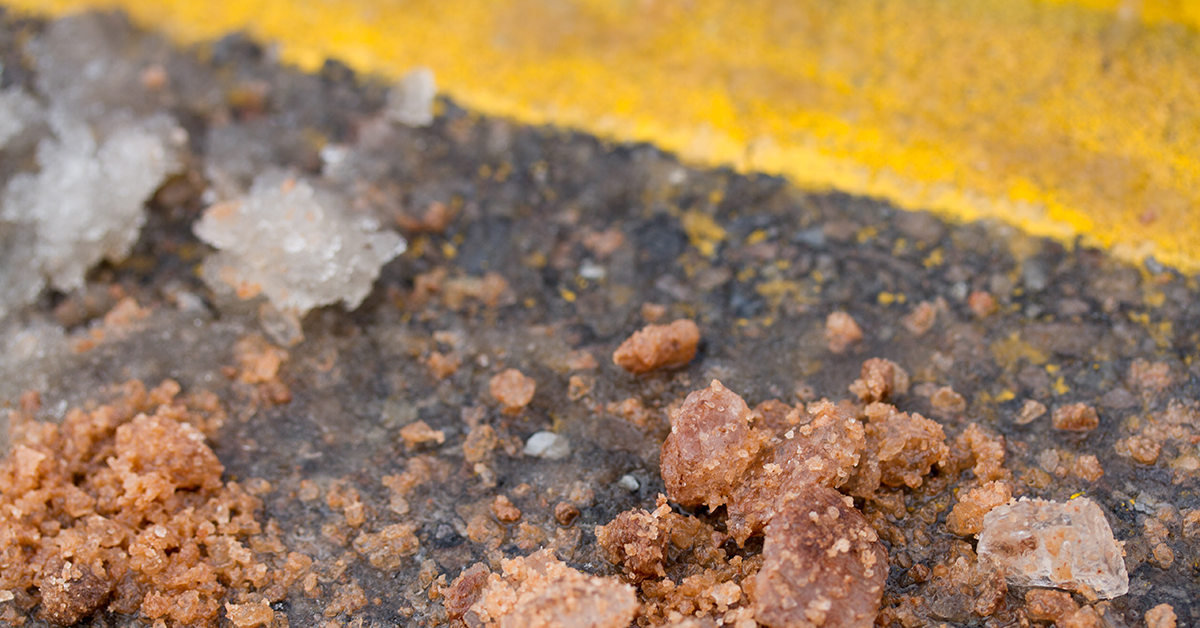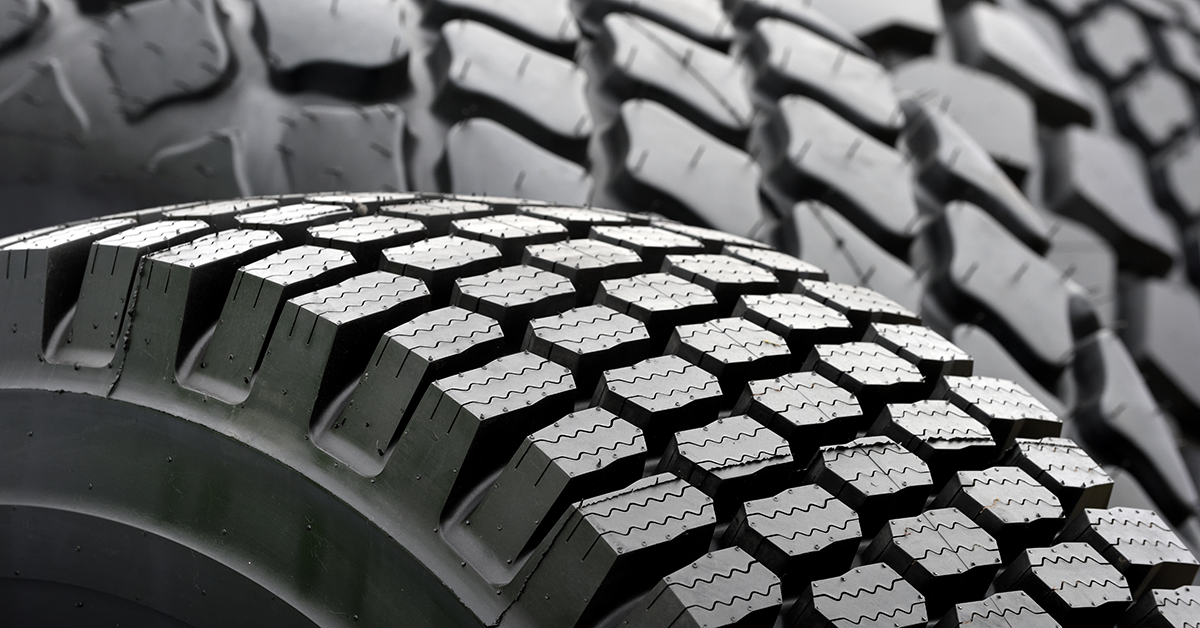When winter storms come, it is typically the state’s Department of Transportation (DOT) and Public Works Agency's responsibility to ensure roads are snow and ice free. Individuals who help create and implement deicing and anti-icing programs are looking to make strategic decisions that maximize operational efficiency.
To increase efficiency, it is important to avoid expensive and time-consuming obstacles, like vehicle maintenance and replacement. State DOTs and Public Works Agencies are taking proactive measures to minimize issues, like corrosion damage, which can be a large contributor to vehicle damage.
Corrosion is a natural oxidation process that erodes metals due to chemical reactions. Once corrosion is present, it spreads quickly and degrades the quality of metal by forming abrasions, cracks, and holes. State DOTs are working to alleviate corrosion damage by decreasing the amount of product needed to clear roads by implementing brine technology and corrosion inhibitors.
